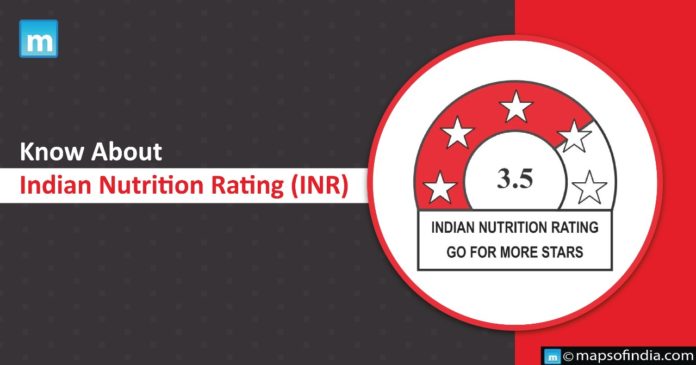Recently, India’s highest food regulator, the Food Safety and Standards Authority of India (FSSAI), launched a notification to amend the Food Safety and Standards (labelling and display) regulations in 2020. It also launched a notification for the front or back labelling, depicting five stars beside the brand’s name. Under the universal rating system, it is mandatory to carry a star rating so that the consumer can get to know the quality of the food.
The food packaging will print the stars as per the quality of the food. There will be zero stars for unhealthy food items, and the food packaging will carry a 5-star rating for the healthiest things.
Types of Nutrition rating
Star rating is one type of nutrition rating. There are a total of five kinds of nutritional ratings.
- A daily intake plan
Suggestions are given on packets in one serving.
- Panel of nutritional information
The information is given on the food packet about the nutrients present in the food. It will provide the details of each nutrient.
- Labeling of traffic lights
It shows the amount of fat, salt, and sugar present in the food on the packet of the food. It also shows the colours, such as red, orange, or green, indicating the healthy food level.
- Warning label
A warning label is similar to a light traffic label. It shows the amount of salt, sugar, and fat, whether high or low, without providing many details about the quantities and ingredients in the food.
- Star rating
A star rating is the most common type of rating. It is also found in electric appliances. Stars from one to five will be provided, depicting how healthy the food is. If there are five stars, that means the food is the most beneficial. Similarly, if there is only one star, the food is unhealthy.
Features of the amendment
- The amendment introduced Front of Pack Nutrition Labelling (FOPNL).
- The concept of high fat, sugar, and salt in food is introduced.
- The food packaging will depict all the ingredients added to the food.
- The weight of the ingredients and the ingredients through percentage will be shown on the packaging.
Pictorial representation
The Food Safety and Standards Authority of India ( FSSAI) checks all processed and packed food before it goes to the consumers. The Food Safety and Standards Authority of India ( FSSAI) has divided food into three categories.
Mentioned below are the categories:
- Category 1
Category 1 will consist of all the solid foods with their ingredients listed on their packets.
- Category 2
Category 2 consists of all the liquid foods in cans or packets.
- Category 3
Category 3 consists of all foods exempted from the Front of Pack Nutritional Labelling (FOPNL). These foods are not available in packets or cans. Foods of all the upper two categories have a pictorial representation under the Indian Nutrition Rating (INR).
A way of rating
The Food Safety and Standards Authority of India ( FSSAI) has introduced their way of rating foods. Scores will be given based on the ingredients added, whether they are healthy or not. The amount of the ingredient will be measured per 100 gm of a solid food item, or in the case of liquid food, per 100 ml. If the score of a solid food item is more than 25, 0.5 stars will be given. If the score is less than 11, 5 stars will be provided.





